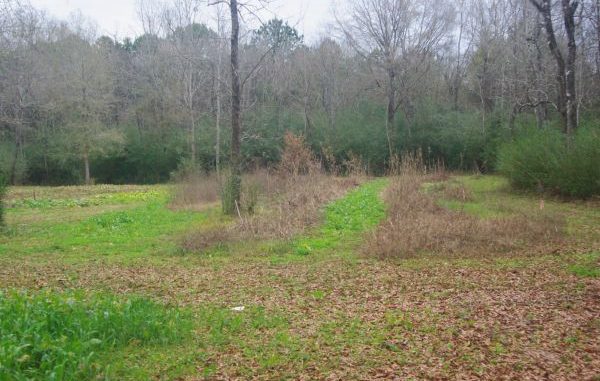
Hopefully you will have some success this turkey season and use a tag or two.
But you shouldn’t just go about your life when the season ends — that’s when you can get ready for the 2016 hunting season.
You should have a count of the number of jakes on the land you hunted. If you let some of them live these will be 2-year-old toms in 2016, and they should provide you with some good hunting opportunity.
Any adult toms that you may have played with but did not put your tag on will also be around to challenge you next year.
That’s great to know, but now is also the time to get the property ready for the 2015 hatch. Tagging out on turkeys is all about having a good population of turkeys to hunt.
Turkey poults primarily eat insects, so it is important you have sites without thick ground vegetation where the hen can bring them to do some bugging.
Use your mower and disk, and do some strip cutting and fallow disking prior to the turkey season.
The tall vegetation will attract some species of insects, while clipped vegetation with grass piles will have draw other species of bugs to the piles of debris.
I like to let the winter grass seed out and then cut strips to provide both seed and insects for the turkeys after hatch-out.
Turkeys will utilize the millet and sorghum plantings in late summer, so leaving strips of these during the fall and winter will provide both food and cover during hard times.
Long-range planning would include planting of oak trees to provide hard mast in future years.
Turkeys definitely respond to habitat management work, so keep this in mind if you think your population is too low.


